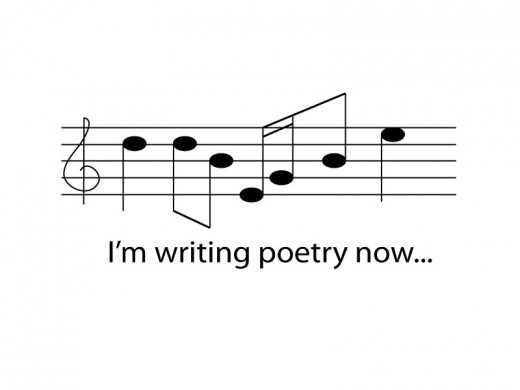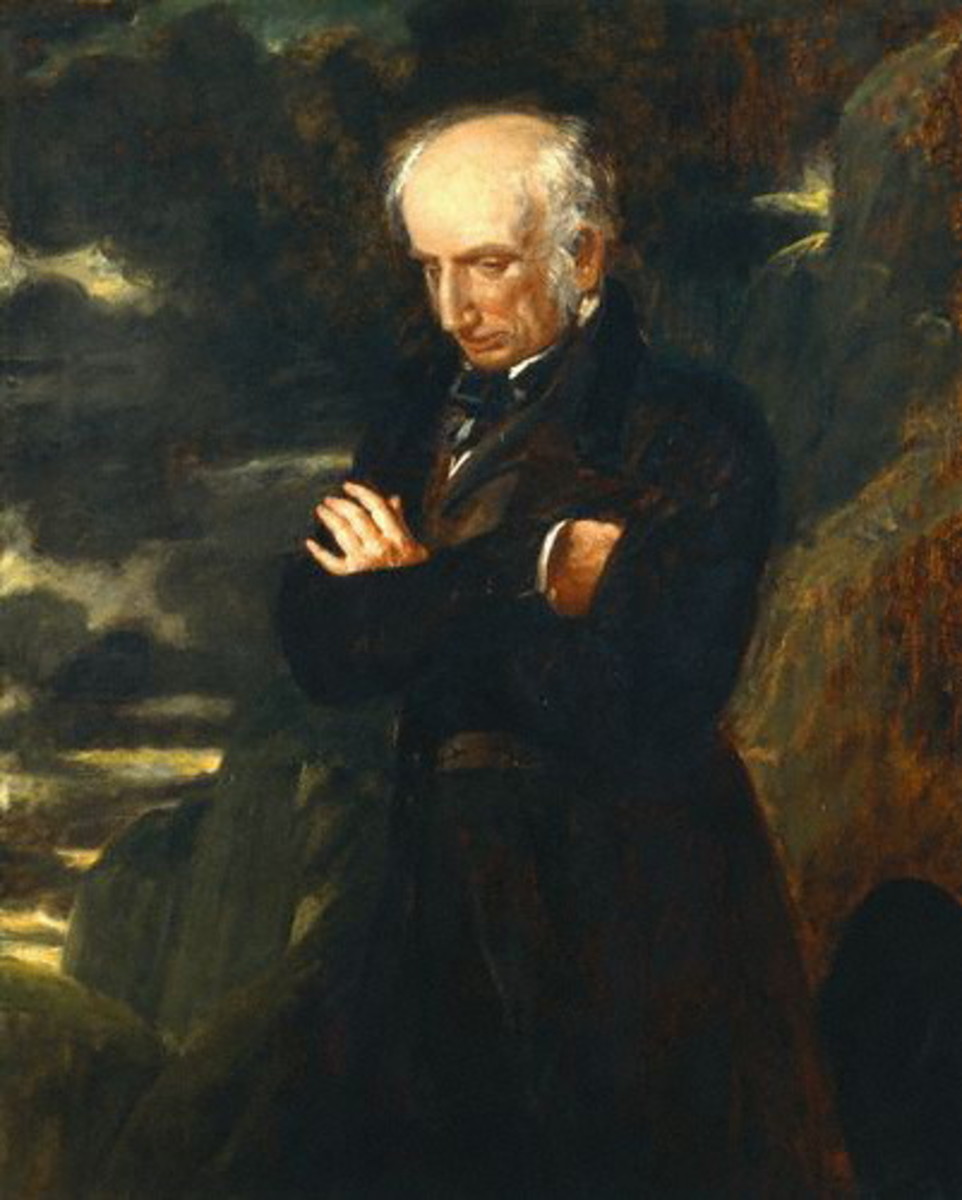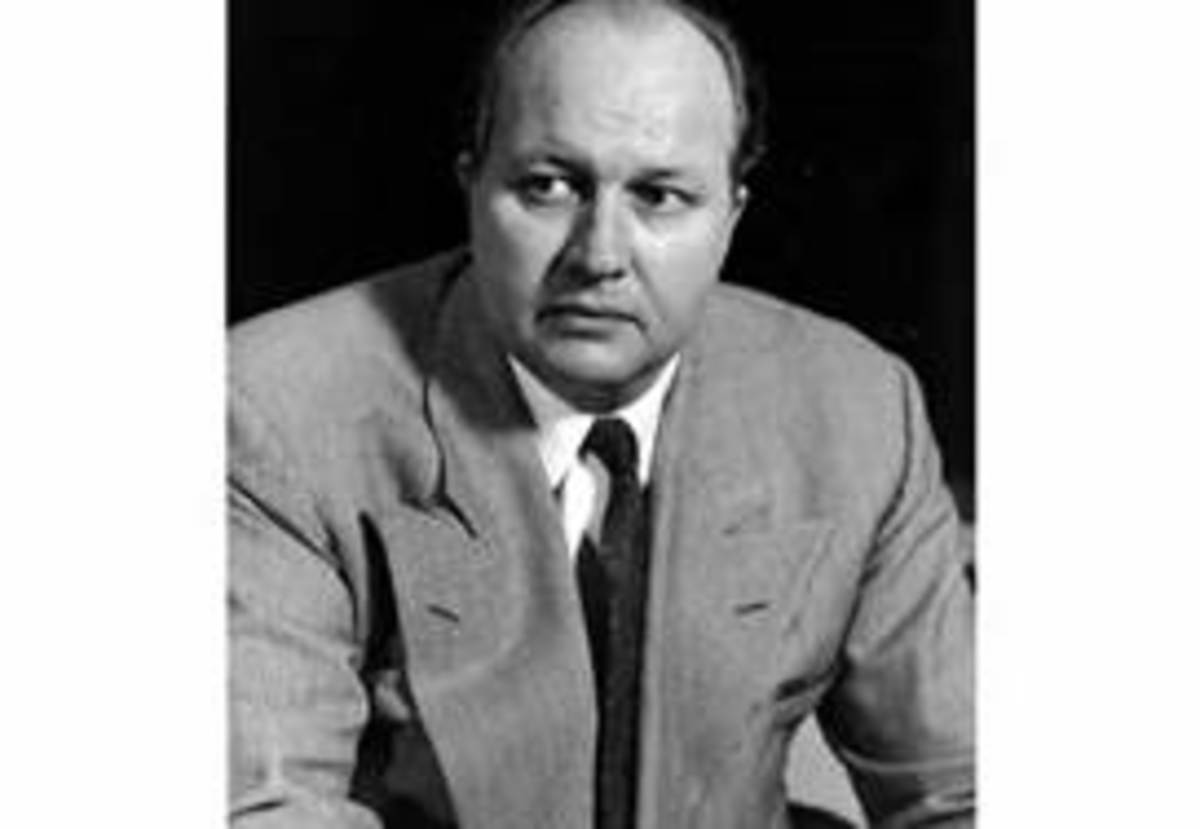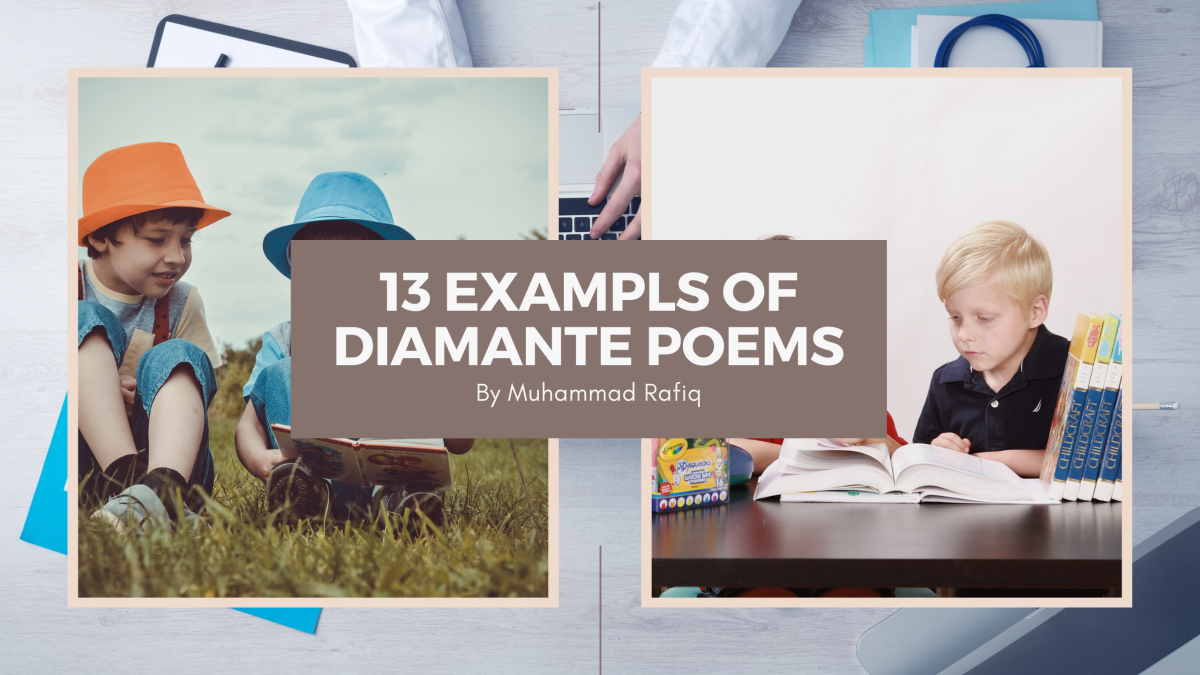How To Put Music In Your Poetry

How to Use Your Feet
In poetry, “feet” are units of rhythm that are used to construct what is called a “meter,” a term that has pretty much the same meaning in both poetry and music. It refers to the number of beats per group – in poetry this group would usually be a line, while in music the group of beats is called a measure.
I am not going to discuss the names of the feet here. There is a Wikipedia article that covers that topic very nicely. In this article I will simply discuss how to use rhythm to make your poetry flow better, musically.
Click here to hear an audio version of this poetry lesson.
Let’s think about rhythm as variations in the beat. Rhythms like a simple waltz are consistent:
- 1-2-3
- 1-2-3
- 1-2-3
.. or in a walking or dance beat …
- 1-2-3-4
- 1-2-3-4
Then you have the off-beats, as in rock ‘n’ roll:
- 1-&-2-&-3-&-4-&
or a jazz waltz:
- 1-2&3
- 1-2&3
In addition to basic beats, beats can be accented. In rock music, there are four beats in a measure and the accents occur on beats two and four. In a march, there are four beats in each measure and the accents occur on beats one and tree. In phases or words with more than one syllable, some syllables are stressed and some are not. For example in the phrase, “What is it?,” the “is” is stressed. But in the word, “arithmetic”, the syllables “rith” and “tic” are stressed.
Putting Theory into Practice
The secret to making your poetry more musical is to control the beat of the stresses in each line, so that the rhythm creates a relationship between lines that is more musical than that of sentences in a paragraph. Actually you can transform almost any paragraph into poetry simply by working with the rhythm.
Let’s take a paragraph and use rhythm to make it more like poetry:
“I saw her in the cafeteria. She was with Jane and Joan so I decided not to sit with her, because of them. I don’t know why she always has to sit with them. She knows I don’t like those two. Either Jane or Joan is fine by themselves, but together I just can’t stand them.”
The first sentence has a rhythm like this:
Dah di di di di di di dah.
That’s an okay rhythm, so let’s make the second sentence fit in with it better:
I saw her in the cafeteria
She was with Jane so I didn’t sit with her
... and we can keep going...
I saw her in the cafeteria
She was with Jane so I didn’t sit with her
Joan was there, too
I don’t know why she always has to sit with them
When they’re together it’s something I can’t stand
I don’t like those two
More subtly done, there starts to be a subliminal sort of allure. The reader or listener knows there is something going on, but can’t quite hear a real pattern or beat. Still, there is a musicality present. Let’s start with a new idea:
We were on the subway when you told me you wanted to break up with me. There were no seats, so we stood, each holding on to the overhead bar, facing each other. The lights were bright and people were crowded all around us. You said, “I’m sorry, but I can’t to this anymore. I can’t do us anymore.” My guts did a slow roll. Suddenly the subway car jerked to a stop and you fell against me. I caught you in my arms. A tear of mine fell on your cheek.
Here we have some usable images, actions and emotions. Let’s stuff them into a poem using our new found music-in-poetry abilities:
On the subway
We stood
Facing each other
When you said,
“I can’t do this -
I can‘t do
Us
Anymore.”
My guts
Did a slow roll.
Suddenly
The subway
Jerked
To a stop:
You fell against me;
A tear of mine
Fell on your cheek.
Analyzing this rhythmically, we can feel a kind of broken three-beat rhythm to it - just a bit of a lilt that tells you this is a poem, not a paragraph. The three beat time signature is laid out strongly in the first line, “On the subway” and then has nothing to really contradict the feeling of three until “Jerked,” where the poem comes “To a stop.” Then we have the three-beat feeling continue through to the end.
We have parts that rhythmically echo other parts and others that do not, so the ‘music’ in the poetry is sophisticated. Sophisticated rhythm in a poem keeps the reader off balance, not knowing what to expect and ready to be surprised. Surprise is one of the things people like in poetry, that’s why you want to always try to include some in yours.



